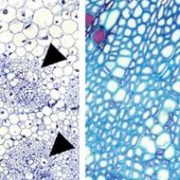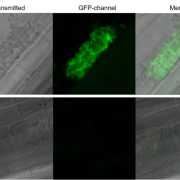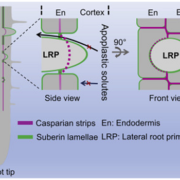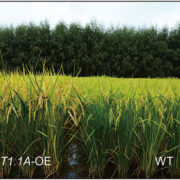How do trees transport carbohydrates?
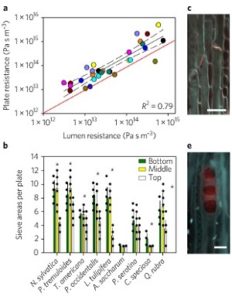 As a tree grows in height, increasing the length of the transport pathway, the hydraulic resistance of the vascular tissues should increase. It is not clear if trees only rely on passive transport mechanisms (no active loading of sugars) to move carbohydrates from shoots to roots. To answer this question, Savage and colleagues analyzed sieve tube anatomy using novel preparation and imaging techniques. They also measured the turgor pressure in the leaves of a red oak (Quercus rubra) in situ. They showed that the turgor pressures are of a magnitude to drive phloem transport, if the structural changes in the phloem including an increase in sieve element diameter and the area of seive pores, which collectively decrease transport resistance, are also present. Thus, plant height scales inversely with hydraulic resistance as there is a shift in sieve element structure along the length of the tree. (Summary by Julia Miller) Nature Plants 10.1038/s41477-017-0064-y
As a tree grows in height, increasing the length of the transport pathway, the hydraulic resistance of the vascular tissues should increase. It is not clear if trees only rely on passive transport mechanisms (no active loading of sugars) to move carbohydrates from shoots to roots. To answer this question, Savage and colleagues analyzed sieve tube anatomy using novel preparation and imaging techniques. They also measured the turgor pressure in the leaves of a red oak (Quercus rubra) in situ. They showed that the turgor pressures are of a magnitude to drive phloem transport, if the structural changes in the phloem including an increase in sieve element diameter and the area of seive pores, which collectively decrease transport resistance, are also present. Thus, plant height scales inversely with hydraulic resistance as there is a shift in sieve element structure along the length of the tree. (Summary by Julia Miller) Nature Plants 10.1038/s41477-017-0064-y


